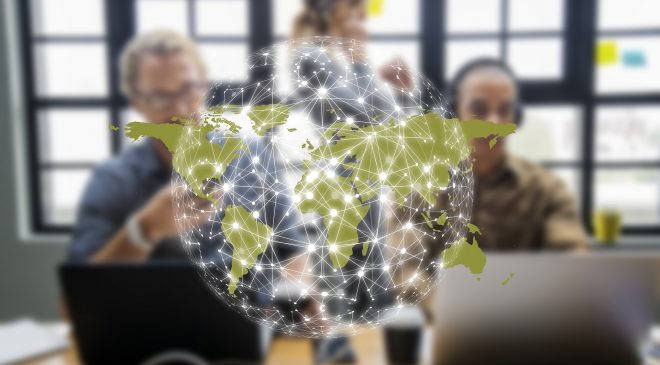
The importance of Industry 4.0 technologies to become clearer.
The fourth industrial revolution—also known as Industry 4.0—will benefit not just traditional manufacturing and logistics but all areas of business in 2022, notes leading data and analytics company GlobalData. In its latest report, ‘Tech, Media, & Telecom (TMT) Predictions 2022 – Thematic Research’, GlobalData reveals that environmental social and governance (ESG), digital twins (digital representations of physical assets, systems, or processes), and edge computing (the deployment and use of computer processing, data storage, and analytics capabilities close to the places where data is collected and where digital content and applications are consumed) are the main themes on which companies should be focusing.
Emilio Campa, Analyst on the Thematic Team at GlobalData, comments: “Industry 4.0 technologies cover three main areas: connectivity, intelligence, and flexible automation. These technologies will ensure better collaboration between logistics, supply chains, products, and customers in 2022.”
Below, Campa offers his view on the three key ways Industry 4.0 will develop in 2022:
ESG and supply chain disruptions will bring Industry 4.0 to the forefront
“ESG will be the most important theme impacting businesses over the next decade. In 2022, platforms for analyzing a company’s environmental impact across its supply chain will become more readily available and easier to integrate into existing systems. Companies are increasingly held accountable by all stakeholders, including consumers, investors, and employees. As such, businesses that fail to proactively monitor and reduce their environmental impact with Industry 4.0 technologies will suffer reputational and commercial consequences.
“Many companies also failed to handle the supply chain disruptions that occurred in 2021. Industry 4.0 technologies can help when such disturbances arise by proactively assessing disruptions and providing prompt data-driven strategies. Companies that fail to integrate technologies such as AI, digital twins, and edge computing into their systems in 2022 will be sidelined by the next disruptive event.”
Digital twins will become more complex and effective
“Digital twins digest data and use it to create representations of either a specific part of an organization or the organization itself. They can apply to any system: a car, a home, a factory, a power grid, a telecom network, or a city. Digital twins enable the user to understand an asset’s condition, run simulations and scenarios, and provide a digital snapshot for future maintenance. An example is the creation of a digital twin of an aircraft engine blade. Engine blades erode over time due to their extreme operating conditions. By running simulated scenarios, companies can better predict how a blade will degrade, meaning maintenance can be undertaken before a problem occurs.
“Companies that do not use digital twins in a business context will lose out in 2022. Digital twins integrate data and information about an asset’s lifecycle and, as such, offer the prospect of short and long-term efficiency and productivity gains. The use of digital twins could also potentially reduce errors and discontinuities present in more traditional information management methods.”
Intelligent edge will become mainstream as a primary accelerator for IoT
“Edge computing will begin to transform the Internet of Things (IoT) in 2022. What makes it intelligent is that all data analytics functions are shifted to the edge of the network and closer to the source of data generation. This reduces latency, which will help to increase uptake of Industry 4.0 technologies that require a near real-time response. Intelligent edge will also improve data security since data is not transported across several networks.”




